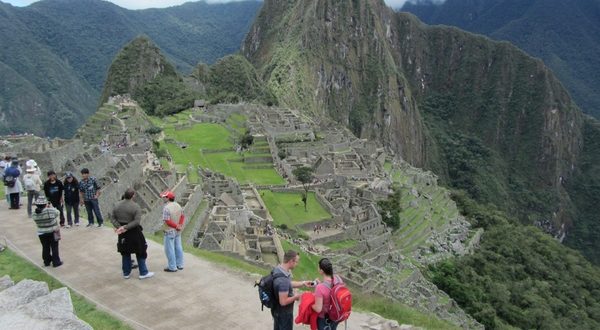[ad_1]
Peru’s government officials are enhancing visitor access to one of the world’s most revered and photographed attractions.
The Inca citadel at Machu Picchu— a UNESCO World Heritage Site that dates from 15th century and originated as an estate for the Incan emperor Pachacuti—may now be visited twice daily. Visitors can enter the historic sanctuary during two visiting hour periods: from 6 a.m. to noon and from noon to 5:30 p.m.
This is an expansion of the previous hours, which (based on this TravelPulse editor’s recent experience) essentially offered one daily visiting period.
Machu Picchu attracted 1,301,856 international visitors in 2017, receiving more than 100,000 in eight of 12 months. U.S. visitors accounted for 242,000 of the tickets sold at the historic mountaintop attraction: a three percent increase over 2016.
The changes will also ensure Machu Picchu “does not make the list as an endangered UNESCO site,” said officials of PromPeru, a government organization responsible for promoting travel to Peru internationally, in a late January statement.
While its mountaintop location was chosen in part to separate Pachacuti’s royal roost from public visitation even in Incan days, it is relatively easy to visit and is one of the world’s most accessible UNESCO heritage sites.
There are more than 40 daily flights connecting the Peruvian city of Cusco (which is well worth visiting on its own) with the Peruvian cities of Lima, Arequipa, Puno and Puerto Maldonado, to the Machu Picchu site, said PromPeru officials. Mach Picchu, located along what is Peru’s Urubamba Valley, is popularly known as the “Sacred Valley.”
Following arrival in Cusco, visitors can take a luxury train to the Aguas Calientes district, from where it’s a short bus ride to the foot of the mountain and up the spiraling road to the Machu Picchu site. Generations of hiking and adventure enthusiasts have opted to journey to the site via following the Inca Trail, which roams along the lush hills of the picturesque Urubamba Valley.
[ad_2]You can read more of the news on source
 Travelsmart
Travelsmart



